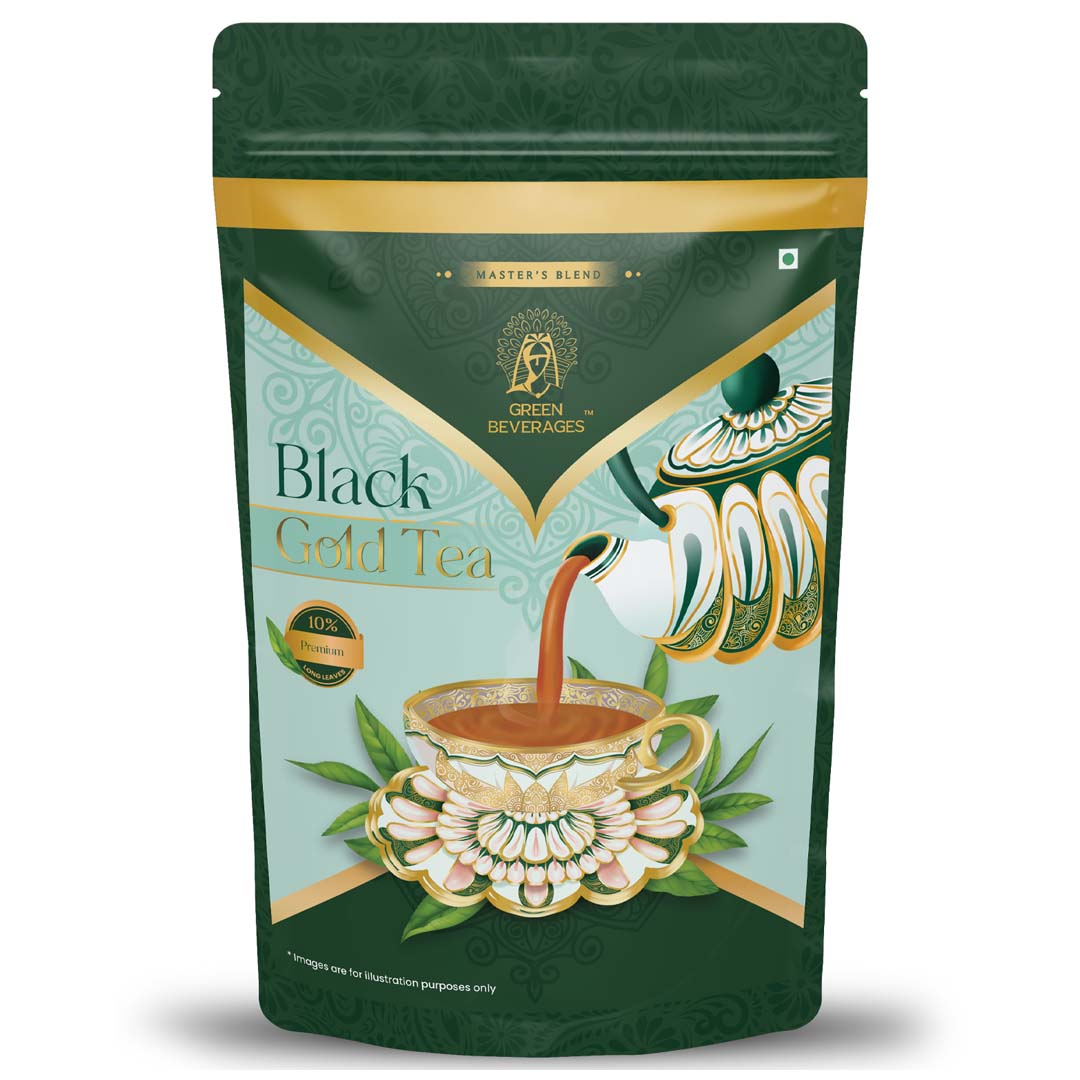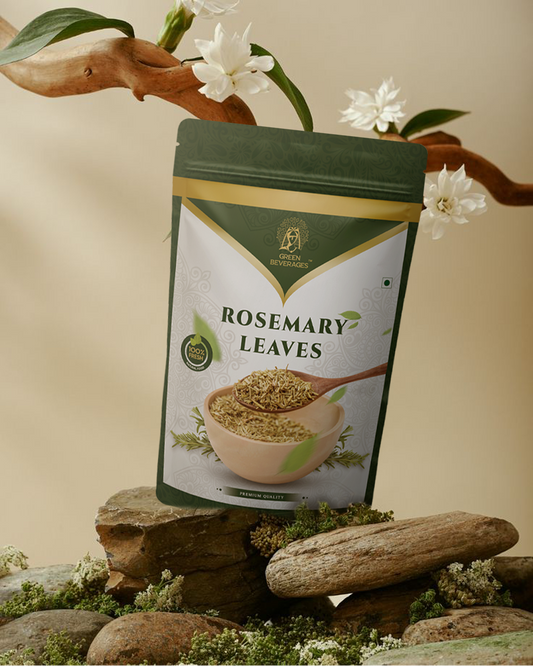What is the Indian legend regarding the discovery of tea?
Last monsoon, I found refuge in a remote Himalayan gompa. Outside, clouds clung to the mountain; inside, all was stillness—save for the soft clink of a clay cup. As the monk poured butter tea, he smiled and said, “Tea is the breath of our practice.” That moment reminded me how deeply this leaf is woven into India’s spiritual tapestry.
Long before the East India Company’s planters reshaped Assam, legend tells of an Indian monk whose devotion literally gave birth to tea. Here’s the full, richly layered story of Bodhidharma—and how his quest for wakefulness sprouted the first tea leaves.
1. Bodhidharma: From South India to the Heart of Zen
Born into a Brahmin family in Pallava country (modern Tamil Nadu), Bodhidharma renounced princely comforts to pursue enlightenment. Chinese records like the Jingde Records of the Transmission of the Lamp (1004 CE) describe his austere figure: tall, dark, beard untrimmed, eyes blazing with resolve. He traveled by foot, crossed the Himalayas, and reached Shaolin Temple circa 520 CE—bearing the seeds of Zen thought.
“His presence was like a thunderbolt of silence,” wrote later chroniclers.
In India, tea was known only as a medicinal herb in Ayurvedic texts—used sparingly for stomach upsets or fevers. No one imagined it would become a daily ritual until Bodhidharma’s fateful vigil.
2. The Nine‑Year Vow: A Test of Mind Over Matter
Monastic practice often involves intense meditation, but Bodhidharma took it further: nine years of uninterrupted zazen (seated meditation) before a bare cave wall. Discipline of this scale is nearly incomprehensible today—imagine sitting still through scorching summers, freezing winters, and relentless mountain winds.
Yet, human frailty showed up after several years: fatigue overcame even him, and he drifted into slumber.
3. A Drastic Act of Resolve: When Myth Becomes Metaphor
Legend says Bodhidharma—chagrined at this lapse—plucked out his eyelids and cast them to the ground. From his discarded lids sprang the Camellia sinensis plant.
- Symbolic resonance: The eyelids represent barriers to awareness; their presence on earth signifies unfiltered vision.
-
Botanical nod: Tea leaves contain caffeine and L‑theanine, the perfect blend to sustain alertness without agitation—a science-backed miracle.
Although this episode is allegorical, it beautifully embodies the monk’s determination and the transformative power of tea.
4. Tea in Early Monastic Life: Beyond the Cave
After that “miracle sprout,” monks incorporated tea into daily practice:
- Dawn meditation: A cup before sun salutations to awaken both body and mind.
- Communal ritual: Sharing tea became a moment of collective mindfulness.
- Silent retreats: "Eye-opening tea" stolen in sips between hour long sits.
5. From China Back to India: The Circle Completes
Over centuries, tea culture radiated back to India via trade routes. Pilgrims and pilgrims’ tales introduced both black and green varieties to Indian markets by the 7th century CE—centuries before British planters formally commercialized Assam tea in the 1830s.
-
First Indian plantations: The British cultivated wild Assam tea in 1823, but local consumption truly boomed only in the early 20th century, thanks to marketing aimed at India’s railway workers and factory laborers.
-
Chai culture thrives: Spiced masala chai overtook plain black tea, incorporating locally available spices—ginger for warmth, cardamom for digestion, cloves for circulation.
6. Science Meets Legend: The Biochemistry of Focus
Modern research in journals like Nutrients shows:
-
Caffeine binds to adenosine receptors, warding off sleepiness.
-
L‑Theanine crosses the blood‑brain barrier, promoting alpha-wave activity (associated with relaxation).
Together, they deliver sustained alertness without the jitters or crash of coffee—exactly what a meditation master might crave for marathon sits.
7. Brewing Your Own Mindful Moment
You don’t need a cave or nine years of zazen to experience this gift. Try your own five‑minute ritual:
- Select Green Beverages' Ashwagandha Tulsi Green Tea.
- Heat water to 80 °C—just before the first bubble.
- Steep for exactly 3 minutes.
- Sip slowly, closing your eyes and inhaling the herbaceous aroma.
Notice how each layer of flavor unfolds—from the sweet, peppery tulsi to the vegetal green base. This brief pause can reset your mind for the day ahead.
8. Product Picks Inspired by Bodhidharma
-
Darjeeling Black Tea
Bold Assam CTC leaves blended with ginger, cardamom & cinnamon. Ideal for that first sunrise sip.
👉 Shop Darjeeling Black Tea
-
Reflective Tulsi Green Tea
A trio of hand‑picked Tulsi varieties for immunity, calm energy & deeper focus.
👉 Shop Tulsi Green Tea
9. Legacy in Modern India: More Than a Beverage
In bustling Delhi cafés, chaiwalas serve kadak (strong) chai in kulhads (earthen cups), carrying forward the ethos of “tea as community.” Tech workers in Bangalore drink matcha lattes at co‑working spaces, seeking that same blend of calm productivity.
Whether you’re sipping spiced chai at a railway platform or savoring a single‑origin green tea in a glass tumbler, each infusion is part of a lineage that began with a monk’s devotion.
Bodhidharma’s story may be mythic, but its core is ever‑relevant: a reminder that focus, clarity, and ritual can arise from a simple leaf.
At Green Beverages, every blend is crafted to honor that spirit—transforming your daily cup into a moment of mindfulness and connection.















